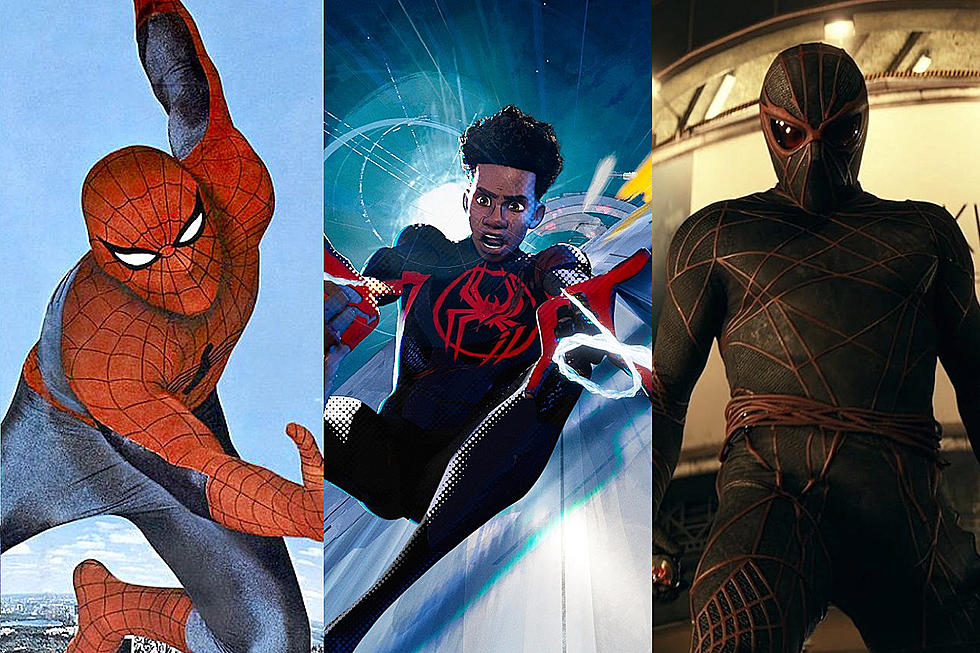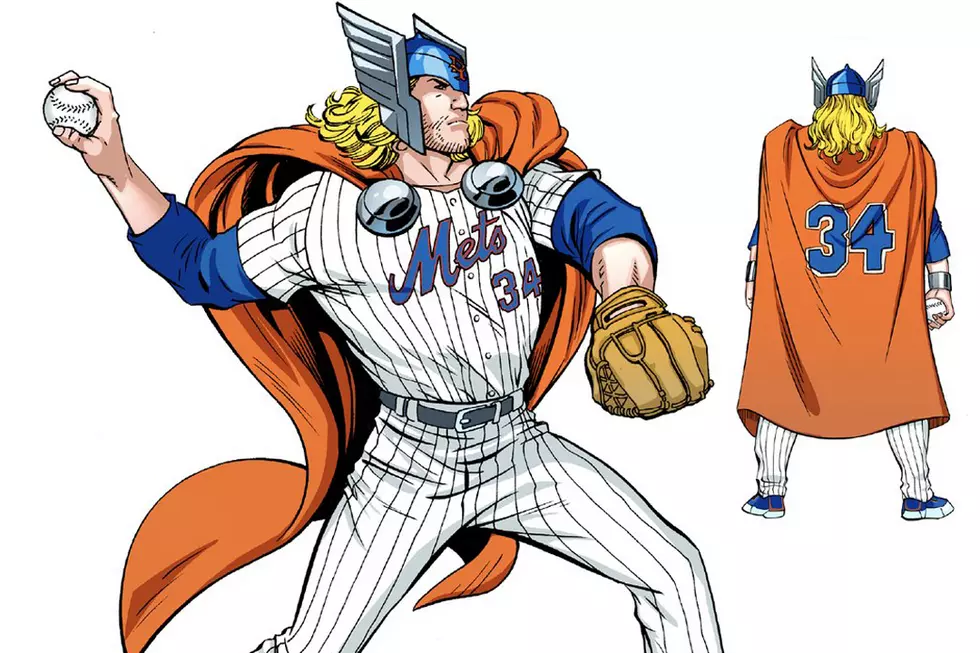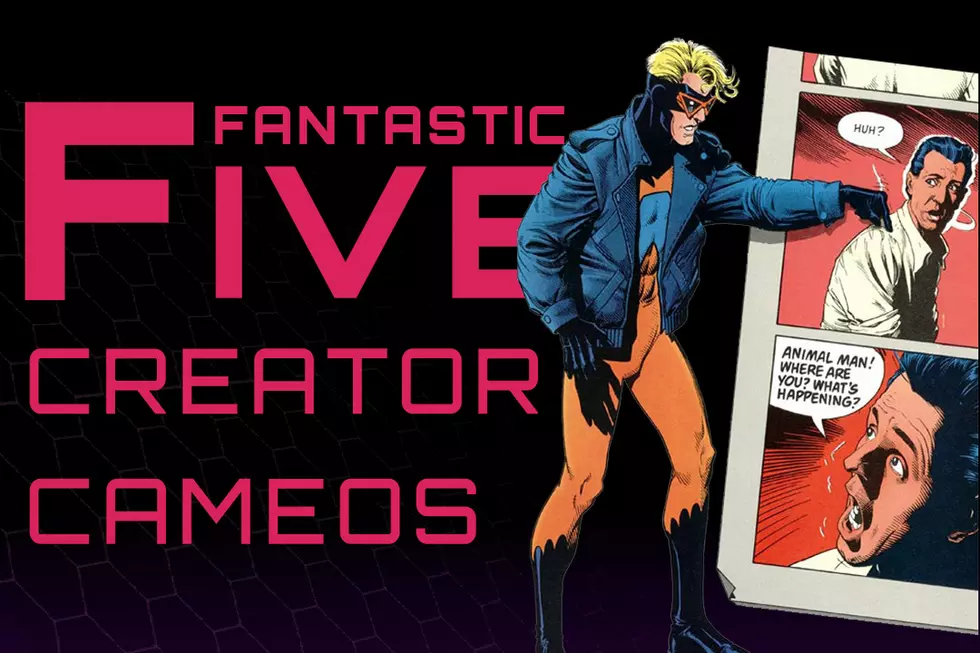
The Legend has Come True: Celebrating The First Appearance of Thor
On June 5, 1962, with a crack of thunder, a new hero burst on the scene. Well, not a new hero exactly. A very, very old hero who'd been reimagined for a modern world. Stan Lee and Jack Kirby at the height of their (dubiously balanced) creative powers, with scripting help from Stan's brother Larry Lieber, took a millennia-old Norse god and made him into a superhero in Journey into Mystery #83, the debut of the Mighty Thor.
The Thor of the original myths, it should be noted, is a very different figure. To be sure, he has a hammer (with a much shorter handle, which is the sort of weird detail Norse mythology is particularly good at) and controls thunder and lightning. But mythological Thor has red hair and a beard, and is treated as comically slow-witted in many stories. The ridiculous Thor who appears in Neil Gaiman's Sandman is in many ways a more faithful depiction of the original than the Marvel Comics version, but Marvel's is much more memorable.
The Thor designed by Jack Kirby is a classically Nordic beauty, with long blond locks and a heroically square jaw. In an age when most superheroes wore full-coverage costumes, Thor's costume was cut like a muscle shirt, emphasizing not just his prodigious arms, but their emergence from his wide torso. He wears a winged helmet that owes more of a debt to Wagnerian opera (and perhaps René Goscinny and Albert Uderzo's Asterix) than to anything actual Norsemen ever wore.
He also wears a blue costume with a yellow belt and red cape, which, intentionally or not, visually links him to Superman. And there's certainly an argument to be made that he is the Superman of the Marvel Universe. He's the high-flying hero whose strength and power dwarf almost every other hero, but whose nobility and honor keep him from ever being a threat. Just as importantly, he's the guy who, when he gets knocked down, causes all the other heroes to say, "If they knocked him down, what chance do the rest of us have?"
This debut story, "Thor the Mighty and the Stone Men from Saturn," is a pretty typical Marvel origin of the time. The story opens with an alien invasion in Norway, of all places. Vacationing American Donald Blake loses his cane and hides in a cave. In the grand tradition of superhero origins, the cane he finds in the cave turns out to actually be Thor's enchanted hammer, which gives him the form and powers of the God of Thunder, which he then uses to repel the invasion of the Stone Men.
Later stories would retcon this to say that Donald Blake was really Thor all along, and this was all part of Odin's plan. But in this story, there's no Odin yet, and no Loki either; he would come along a couple of issues later. Jane Foster isn't even around until the next installment. This is only a 13-page story, after all, and it gives us plenty. It gives us Thor --- a new Thor. A Thor for the 1960s, who has survived into the 21st Century, with various revisions along the way.
Even the Stone Men came back, after a fashion. With the absurd-in-retrospect notion that they originate on Saturn abandoned, one of them plays a major role in Planet Hulk, and even makes a winking cameo (and gets hammered to bits) in Thor: The Dark World, one of many Marvel Studios movie appearances that have helped cement this version of Thor in the public consciousness.
As simple, and as Silver Age, as this story from Journey into Mystery #83 might be, it casts a long shadow over everything that came after: Odin, Loki, Sif and the Warriors Three, Surtur and Ragnarok and Beta Ray Bill. You can trace it all back to 1962, and a doctor finding a stick in a cave and fending off an invasion from Saturn.
More From ComicsAlliance









